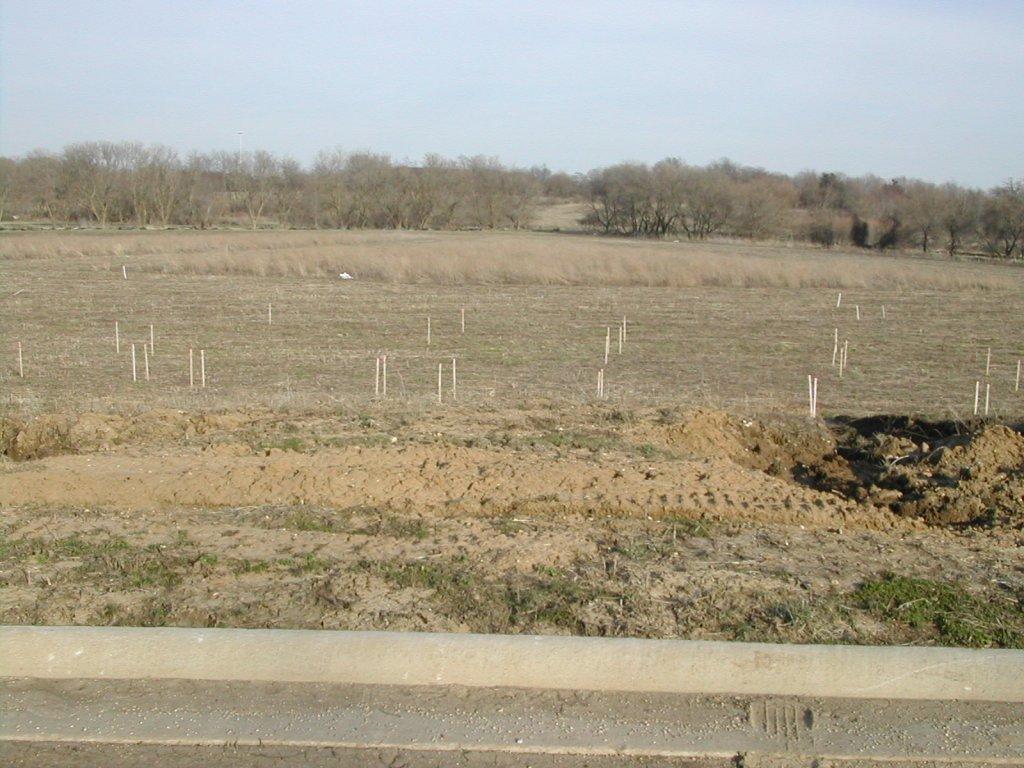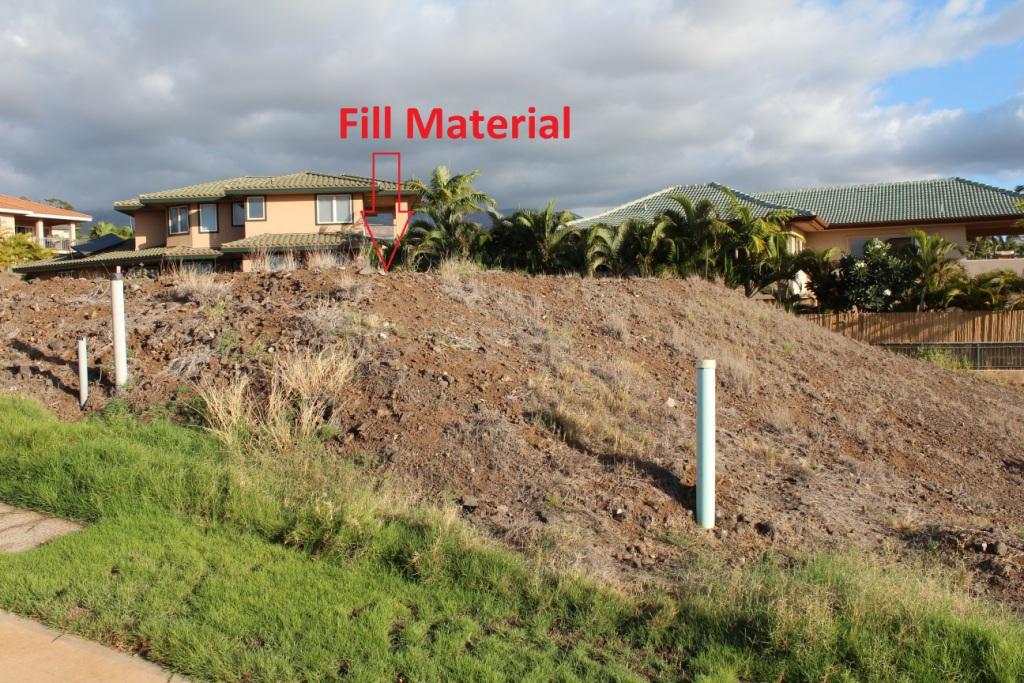Lot Purchase: Builder Tips Part I
0 Comments | Posted by armchairbuilder in Build Your Own Home, Owner-Builder
A lot purchase is the first step to building your dream home. There are so many things to consider like schools, views, and proximity to shopping just to name a few. These are the obvious things that most people look at but what about the items that professional builders review prior to buying lots and land? What kinds of things do contractors look for to avoid surprises? Here we provide some tips that you can use when buying your dream lot to avoid hassles and budget busting items.
Restrictions
Most lots that are part of a larger community have restrictions placed on them. These restrictions are typically spelled out in the homeowner’s associations (a.k.a. HOA) documents or CC&R’s, also called Codes, Covenants and Restrictions. These documents are created by land developers to protect a community and keep things somewhat consistent. So what are some items that show up in these documents that will affect your lot purchase?
- Building Material Requirements (some communities don’t allow asphalt shingles or vinyl siding for example)
- Construction Types – There are some communities that don’t allow modular housing (for whatever reason)
- Plan Details – includes things like minimum square footage, two story vs. ranch, roof design styles (examples = hipped or mansard, and roof pitch)
- Pool restrictions and requirements (type of pools that can be built along with locations)
- Air Conditioners – placement and noise limits
- Garage Types – front entry vs. side or courtyard
Fill Material
Sometimes it’s necessary for the land developer to fill a lot to bring it up to the grade shown in the construction drawings. Every new community has what they call cuts and fills that help establish the new grades of the community based on the engineer’s design. The construction drawings are typically part of an overall design for each community created by a civil engineer. Sometimes you can look at a lot and it’s obvious that fill material was used to bring it up to grade (see picture below). Other times, we need to take a look at the overall construction drawings for the community to see how much fill was completed. The big thing to know here is to look for it and if fill has been added, we want to make certain that it was compacted properly to support the home. If the fill was not compacted properly, we could have major structural problems in the future.
So if we know fill was added, how can we check to make sure it was done properly? First, we can check with the municipality to see if they were present at the time. They may also have reports from an engineer that shows the compaction was done. If not, you will want to have your civil engineer (a.k.a. geotechnical engineer) check it out prior to purchasing. A geotechnical engineer, also called a soils engineer, is a specialty within the civil engineering discipline. In short, these guys and gals know dirt. They can tell what kind of weight a given type of soil can support and whether your home type will work with the soil as-is. As I tell customers, anything can be done, it’s really about how much money you want to spend. So if the soils engineer determines the soil won’t support your new home, he/she will come up with alternatives to make it work…most of which can get expensive. This is all essential information to know prior to lot purchase.
Lot Purchase: Part II
This has been part one of a three part series we are doing over the next week providing builder tips for your next lot purchase. Check out our new video below for more details. You will also want to watch this great video on lot and land purchasing. Don’t forget, we have a great sale going on for a few more days at the Armchair Builder ESTORE. And if you think you might want to build your own home, be sure to check out all our free videos and articles. We also have a great new guide to help you screen and select the land for your future dream home. The Lot Purchase Guide gives you secrets that builders use to avoid hidden costs and hassles.
Michael Luckado has built, remodeled and repaired thousands of homes across the U.S. He co-founded ArmchairBuilder.com to help you save money and hassles on your building and repair projects.



